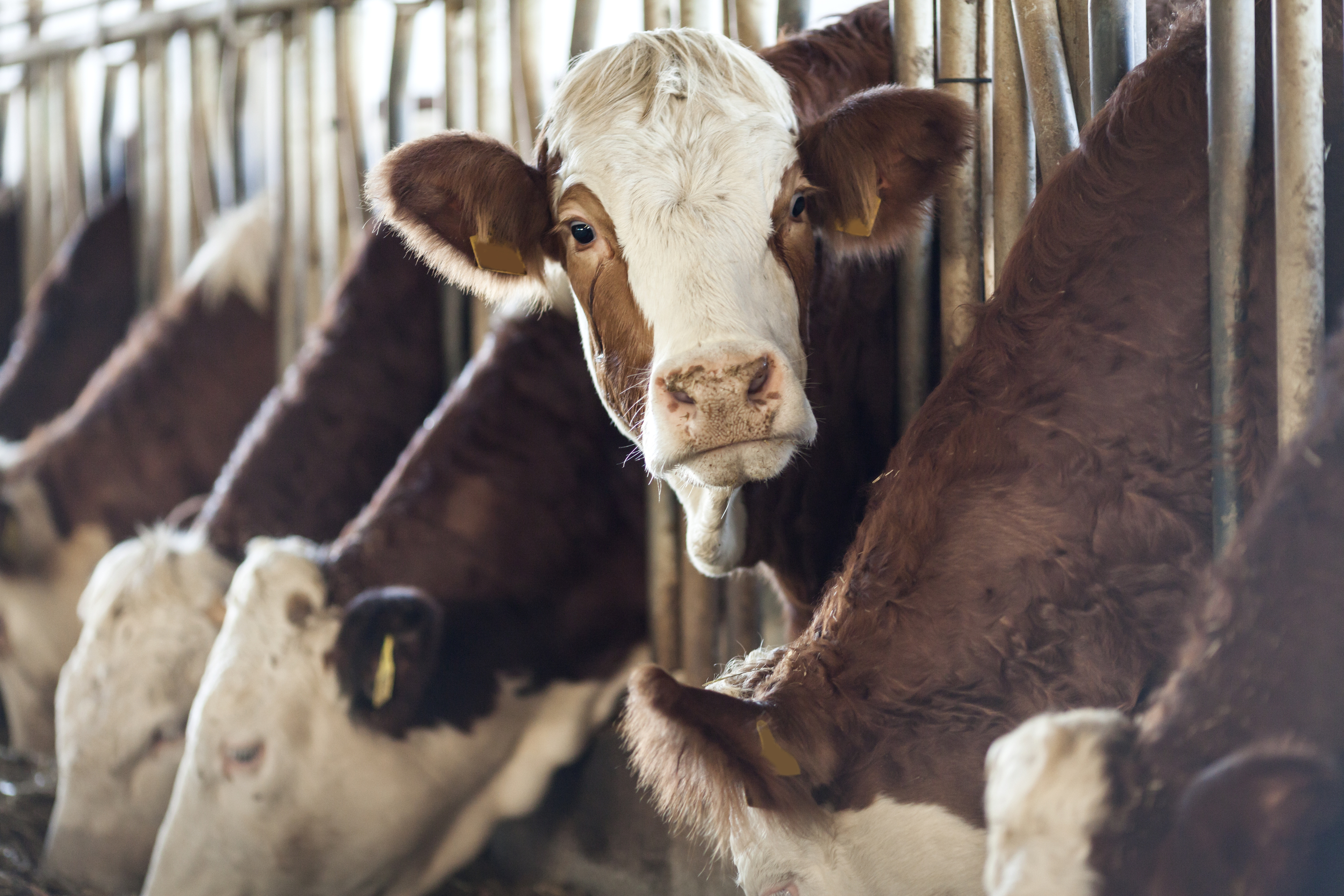
METHANE: THREAT AND SILVER LINING
problem/solution
THE PROBLEM
Jump to the solution
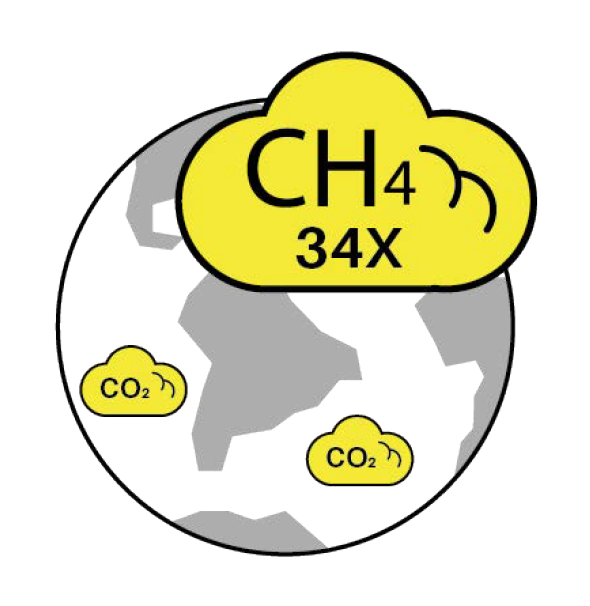
Methane is 28 times more heat- trapping than CO2 over a 100- year time scale and 84 times more over 20 years.
One study that assessed warming over 20 years found livestock to be the greatest cause of global warming.
“Atmospheric concentrations of methane (1774 ppb) in 2005 exceed by far the natural range over the last 650,000 years.”
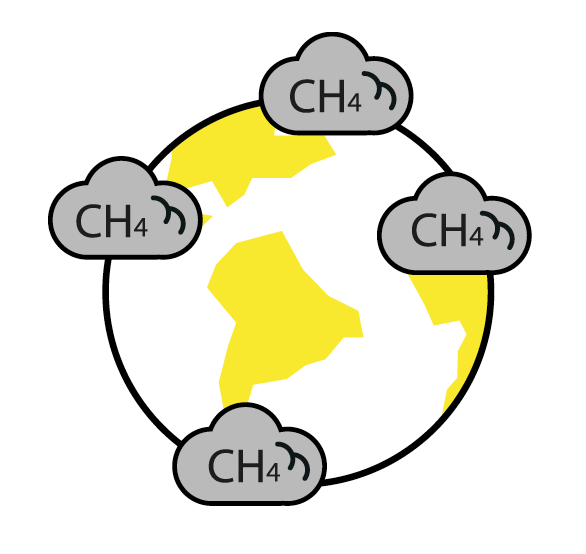
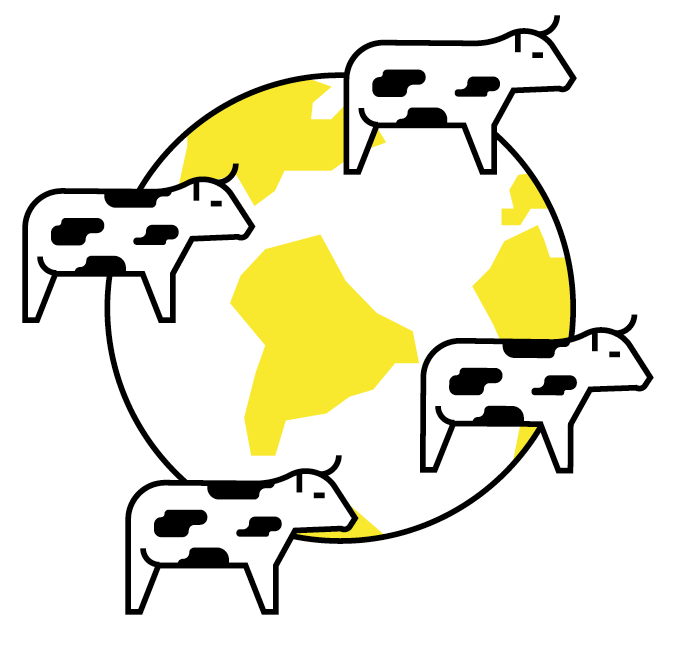
Methane’s impact is now so great that the earth will warm by 1.4°–2°C by 2030 whether or not CO2 emissions are reduced.
Together with the gases it forms in the atmosphere, methane has been responsible for 36.7 percent of radiative forcing between 1750 and 2011.
Methane by itself has caused 24.3% of global warming, and warming from its ‘downstream’ gases are: carbon dioxide (0.7%), ground level ozone (9.1%) and stratospheric water vapour (2.6%)
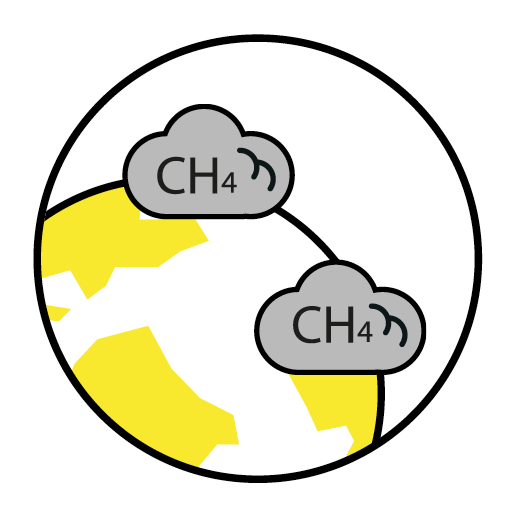
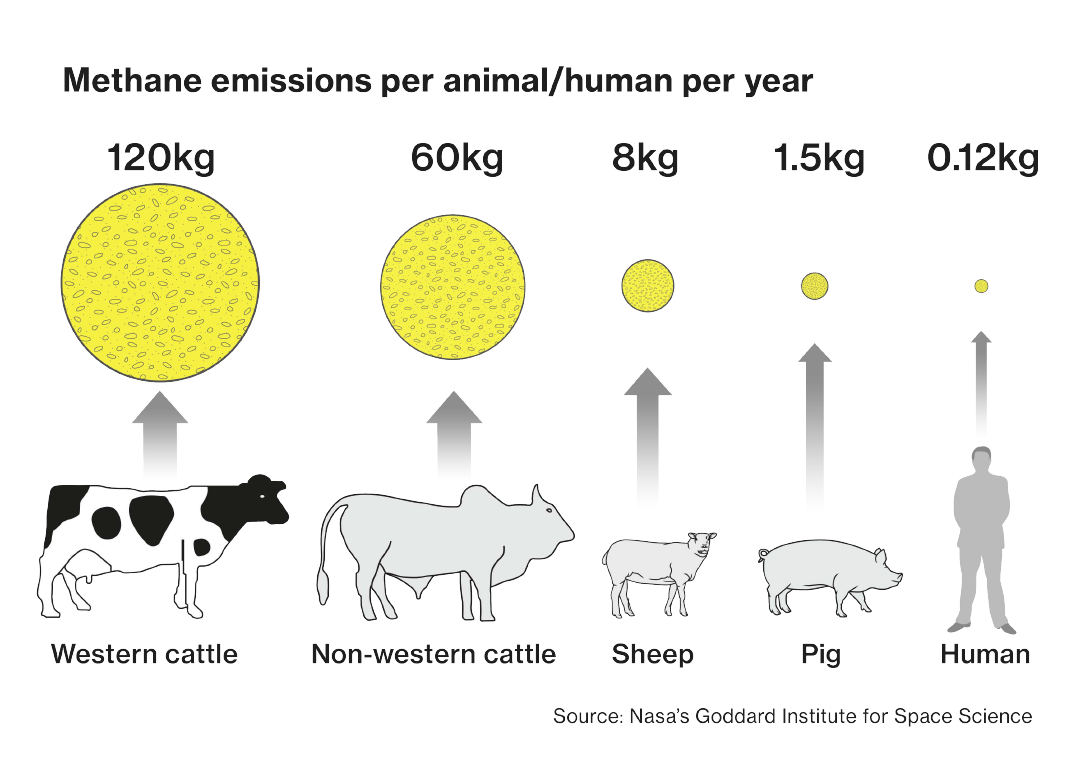
Two thirds of methane emissions are human-caused, the greatest source (responsible for 37 percent of emissions) being ruminant livestock (cattle, sheep and goats)22, followed by leakage of methane (natural gas) form oil and gas production, livestock waste, landfill and coal mining,
Beef cattle produce 400 litres of methane or more daily
[35] Bell, D, 2009

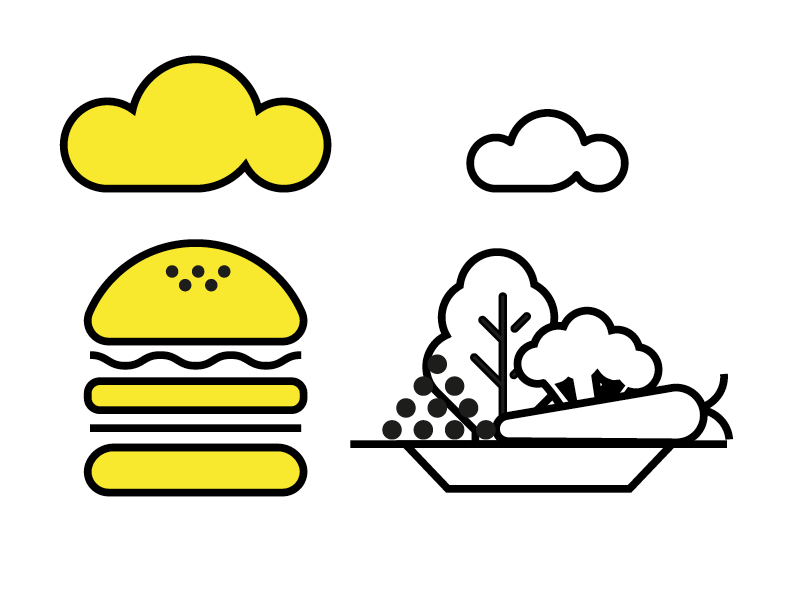
“The global production of cattle and sheep is responsible for 19 to 48 times more greenhouse-gas emissions, based on pounds of food produced, than the global production of protein-rich plant foods like beans or soy products.”
THE SOLUTION
Back to the problem
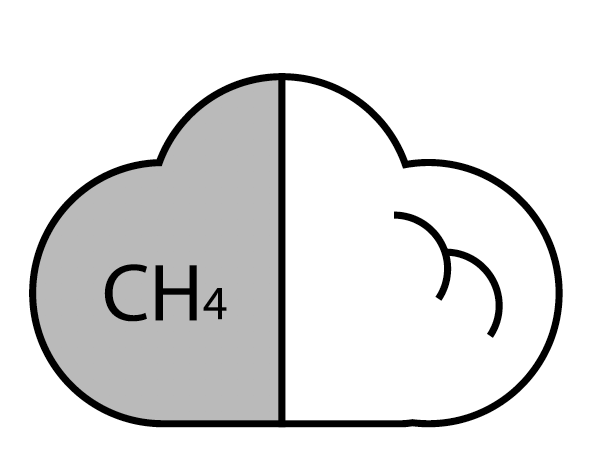
“Based on 2005 emissions, the same impact [by] 2050... could be achieved by decreasing CH4 emissions by 46% as stopping CO2 emissions entirely.”
“A 50% reduction in methane emissions by 2050 maintained until 2100 could help reduce global temperature by about 0.55°C or 1°F.”
[179] Global Methane Initiative 2016

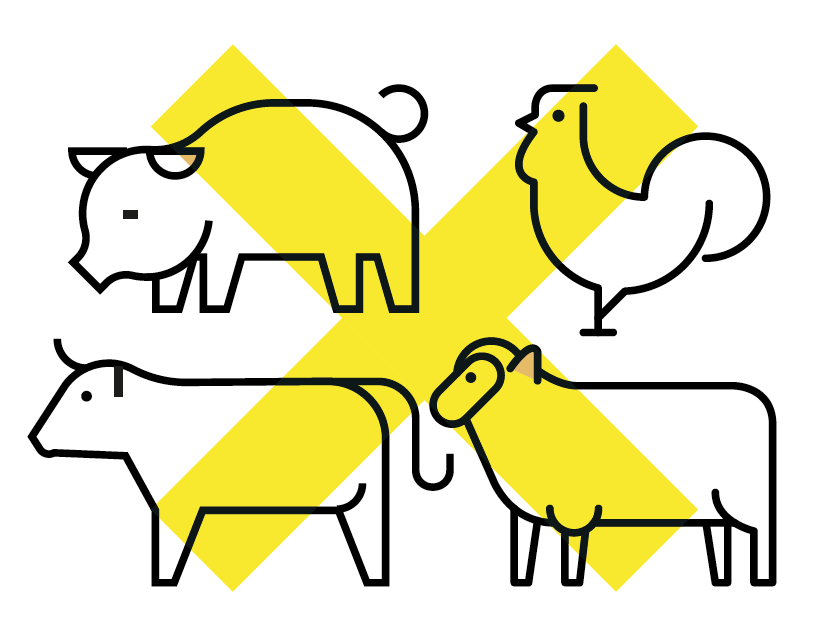
“ Reducing meat consumption as a demand side mitigation action offers greater greenhouse gas reduction potential. Livestock emissions include enteric fermentation, manure emissions, feed crop emissions, deforestation and associated burning. The accompanying reduction in grazing intensity could also allow regrowth of forests and other natural vegetation, resulting in additional carbon sequestration in both biomass and soils with beneficial climate feedbacks.”